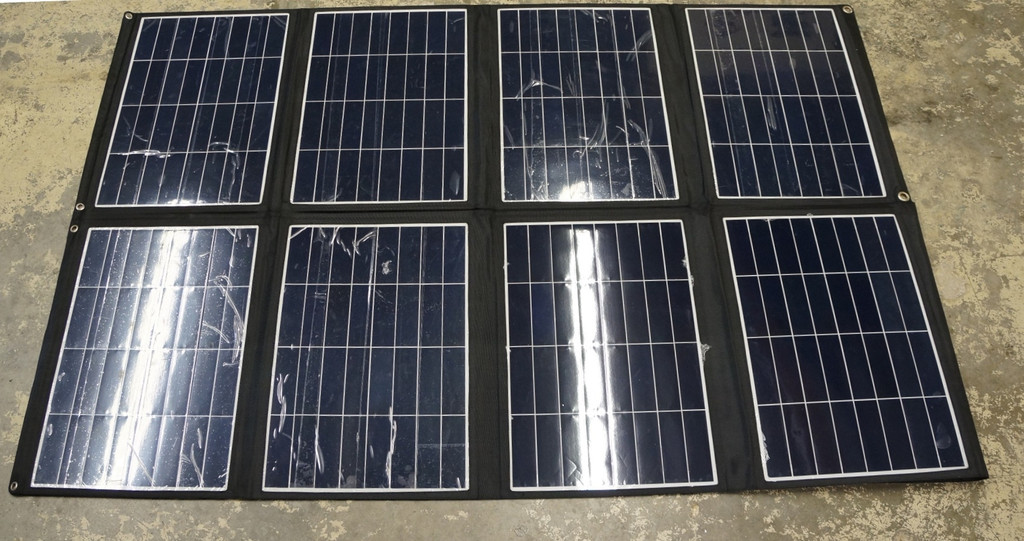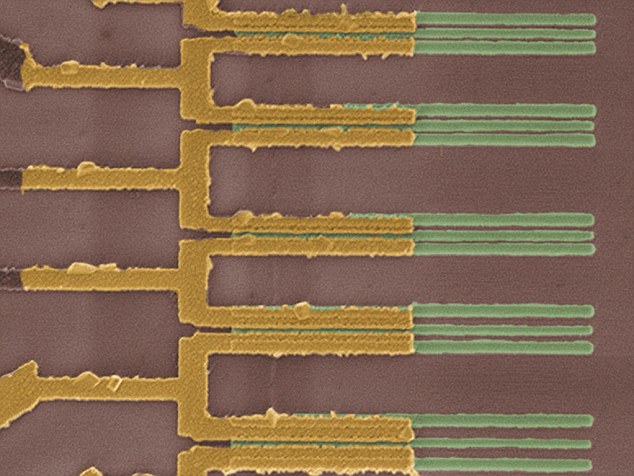Rubbish robot released in the U.K.: Aquatic drone “shark” swallows plastic waste in effort to reduce ocean pollution
07/16/2019 / By Edsel Cook

The waters of a U.K. harbor now serve as the hunting grounds of an aquatic drone called WasteShark. A robot shark with autonomous functions, the drone gobbles up plastic waste floating in the water, reducing the number of pollutants that enter the ocean while also protecting the local ecosystem and its inhabitants.
Ilfracombe Harbor, Devon recently hosted the first test run of the drone in the U.K. Earlier launches took place in South Africa, the United Arab Emirates, and three other countries.
The batteries of the robot shark let it swim for 3 miles (5 km) or eight hours straight before it needs to recharge. It can bring back as much as 130 lbs (60 kg) of plastic trash at the end of each trip into the harbor.
Dutch green tech company RanMarine based the WasteShark on the whale shark. A large but amiable animal, the shark feeds by opening its mouth while swimming. It swallows considerable volumes of water and filters the liquid for small organisms like plankton. (Related: WasteShark, a garbage-eating drone, now deployed in Dubai after successful tests in the Netherlands.)
Autonomous robot shark comes to U.K. waters to gobble up plastic trash
WasteShark uses the same scooping technique to collect plastic refuse from the harbor water. It can pick up garbage floating up to one foot (300 cm) below the surface of the water and brings its payload to a nearby location.
Since it uses electric batteries and quiet motors, the robot shark doesn’t generate any additional pollution – including noise pollution – that might disrupt the local ecosystem. It also does not harm any wildlife.
While it can putter off on its own, WasteShark may also be directed by a human through a remote controller or an electronic tablet. A GPS tracker aboard the aquatic drone keeps its operators informed about its current position.
A laser imaging device lets the autonomous robot scan its surroundings. If it detects light reflected off an object, WasteShark alters its course to avoid a collision. Other sensors aboard the drone take various readings of the water.
WasteShark’s test run in Ilfracombe Harbor is part of an effort by the World Wildlife Fund and Sky Ocean Rescue to protect the marine environment of North Devon.
Ilfracombe Harbor lies within a Marine Protected Area in Devon. Grey seals and pink sea fan corals are some of the protected species that live near the port.
By cleaning plastic waste in the harbor, WasteShark will keep the pollutants from spreading to the nearby protected area and the ocean.
Protecting marine environments with aquatic drones
“The marine protected areas in north Devon are home to some of the country’s most incredible coastlines and marine life, but plastic is having a devastating effect on our oceans,” explained WWF official Dr. Jenny Oates. “The WasteShark will help us fight the rubbish that enters the harbour, snapping it up before the tide takes it out to sea and it ends up threatening wildlife in other precious marine areas.”
The aquatic drone is programmed to patrol areas in Ilfracombe Harbor that often accumulate plastic waste. Operators can give the robot new directions and keep track of the drone from a distance.
While it mainly recovers plastic trash, WasteShark also cleans up oil, pollutants, algae, and aquatic plants that are considered pests. If it works five days a week, it can clean up to 15 tons of various waste every year.
“WasteShark is cheaper, greener, more effective and less disruptive than other methods of dealing with marine litter,” commented RanMarine officer Oliver Cunningham. “We hope to see our drone in cities and towns – wherever humans live on water – around the world.”
Sources include:
Tagged Under: aquatic drones, autonomous drones, breakthrough, cool tech, Ecology, environment, future tech, goodtech, innovation, invention, inventions, marine ecosystem, ocean cleanup, plastic garbage, plastic trash, plastics, robot shark, robotics, robots, WasteShark
RECENT NEWS & ARTICLES
COPYRIGHT © 2017 FUTURE SCIENCE NEWS


















